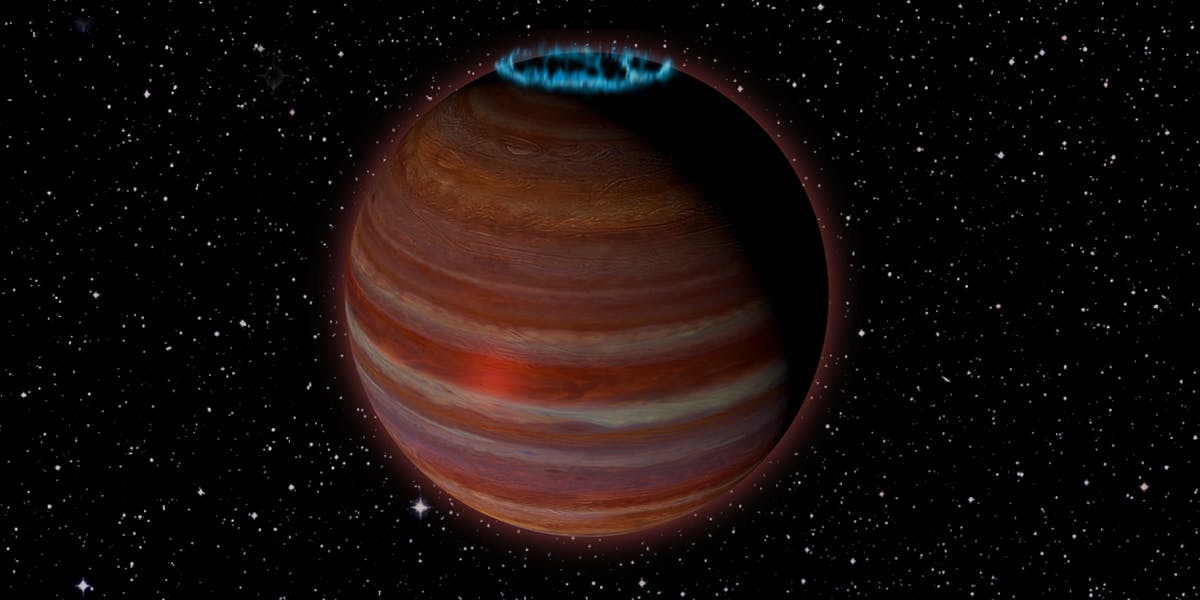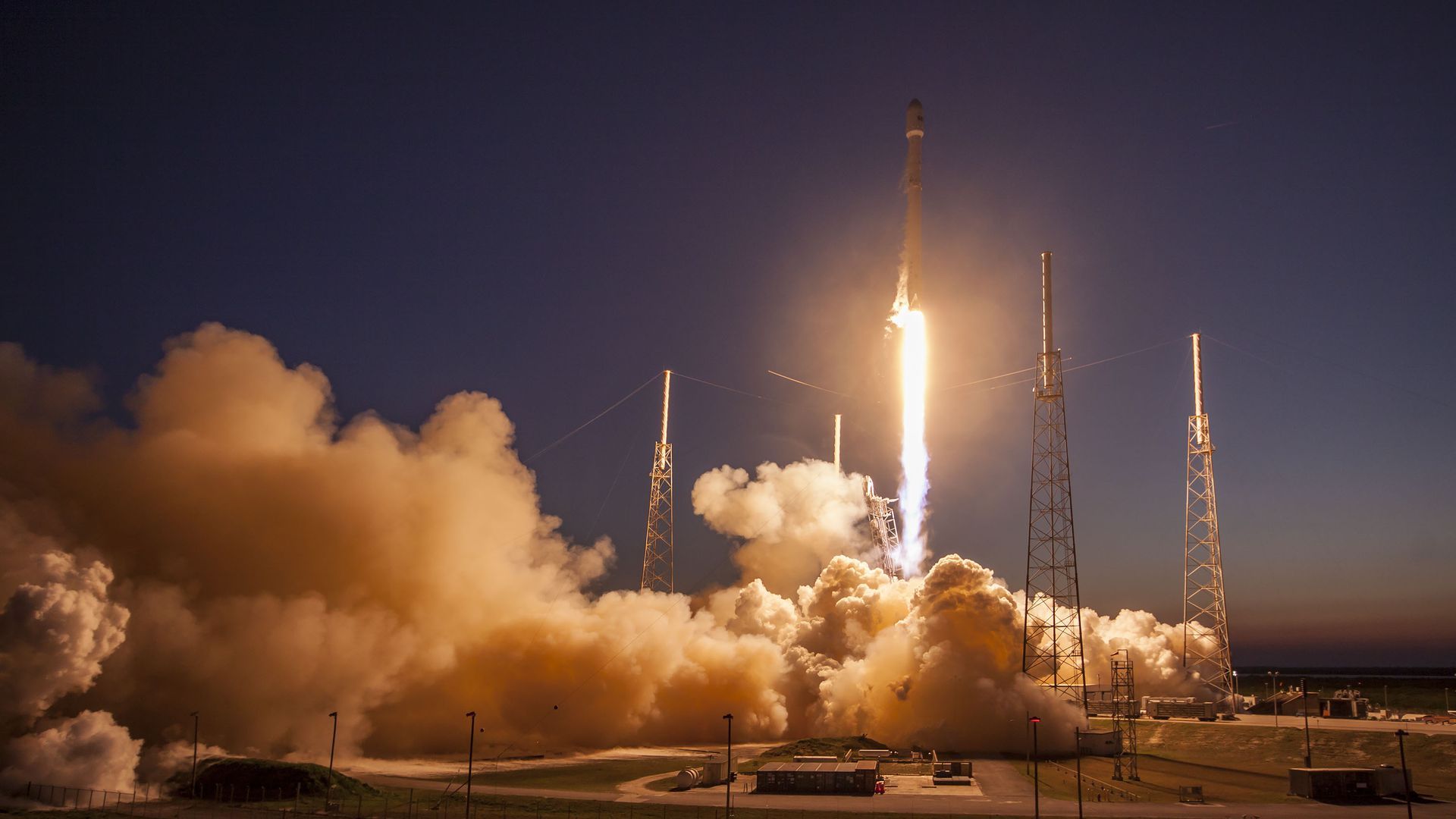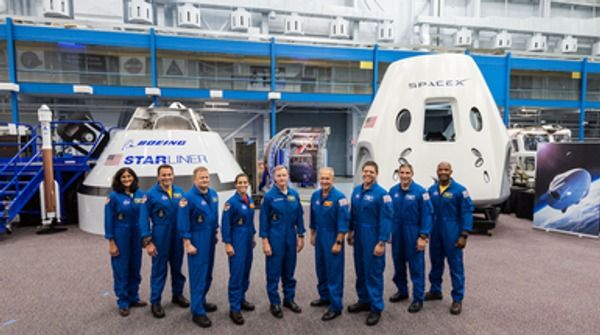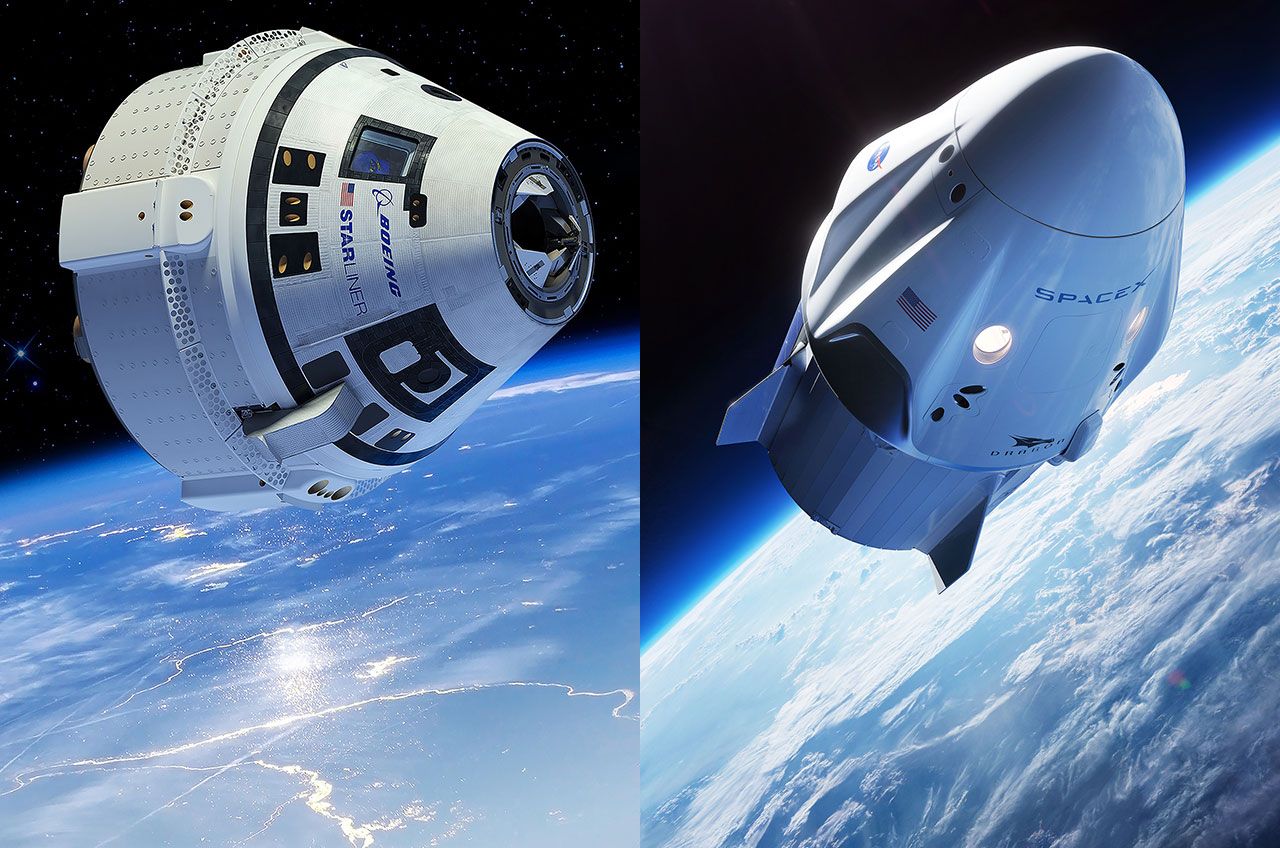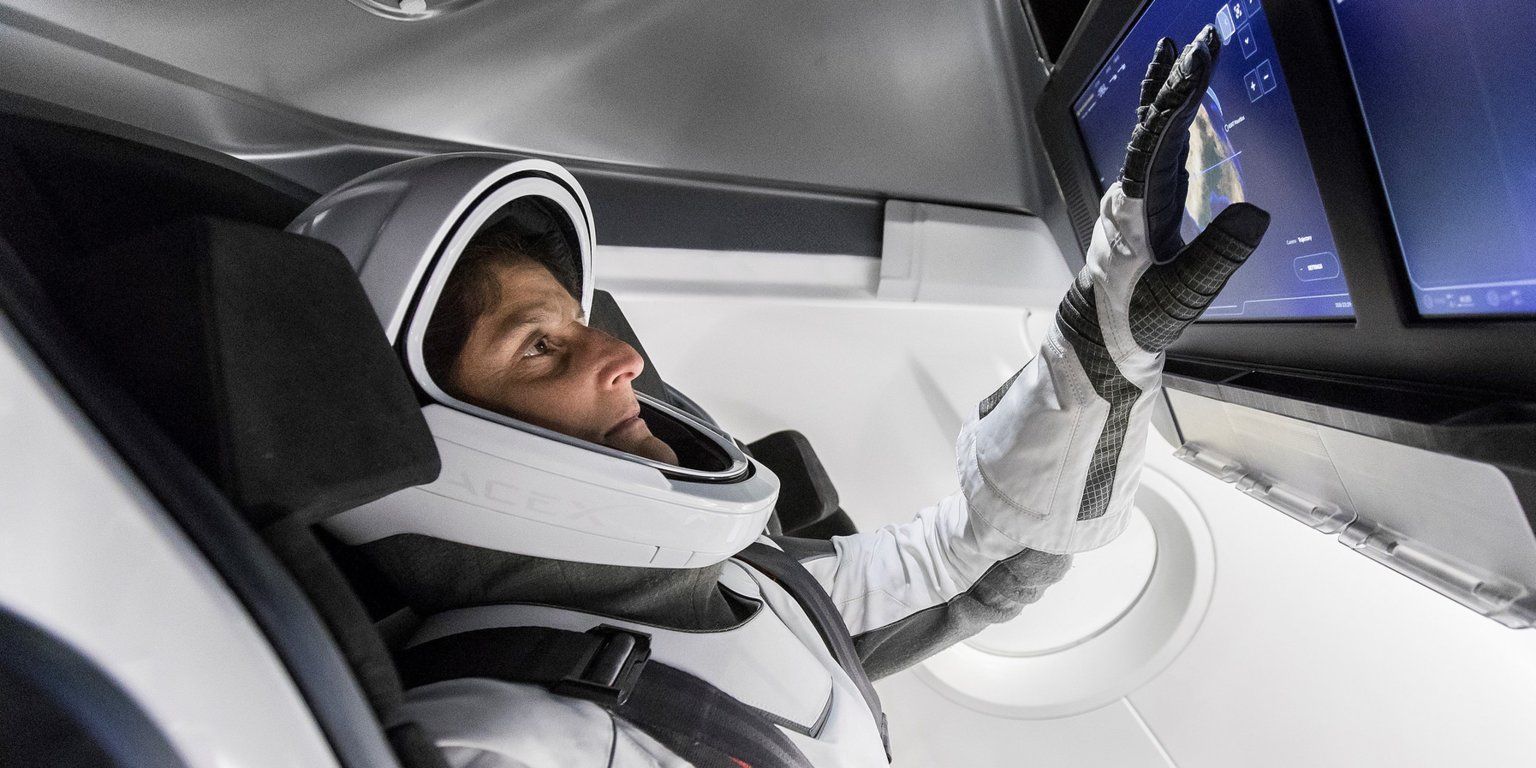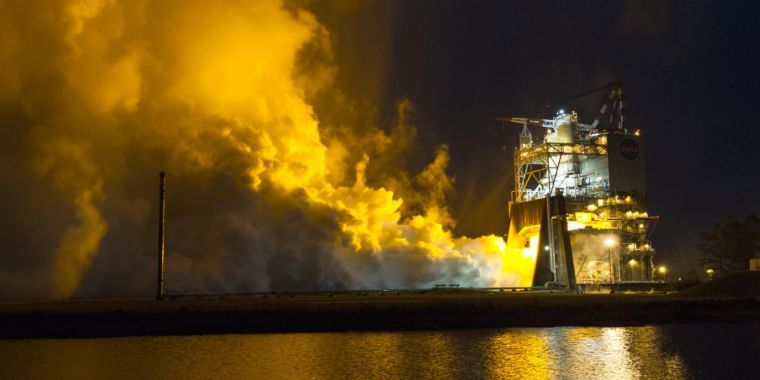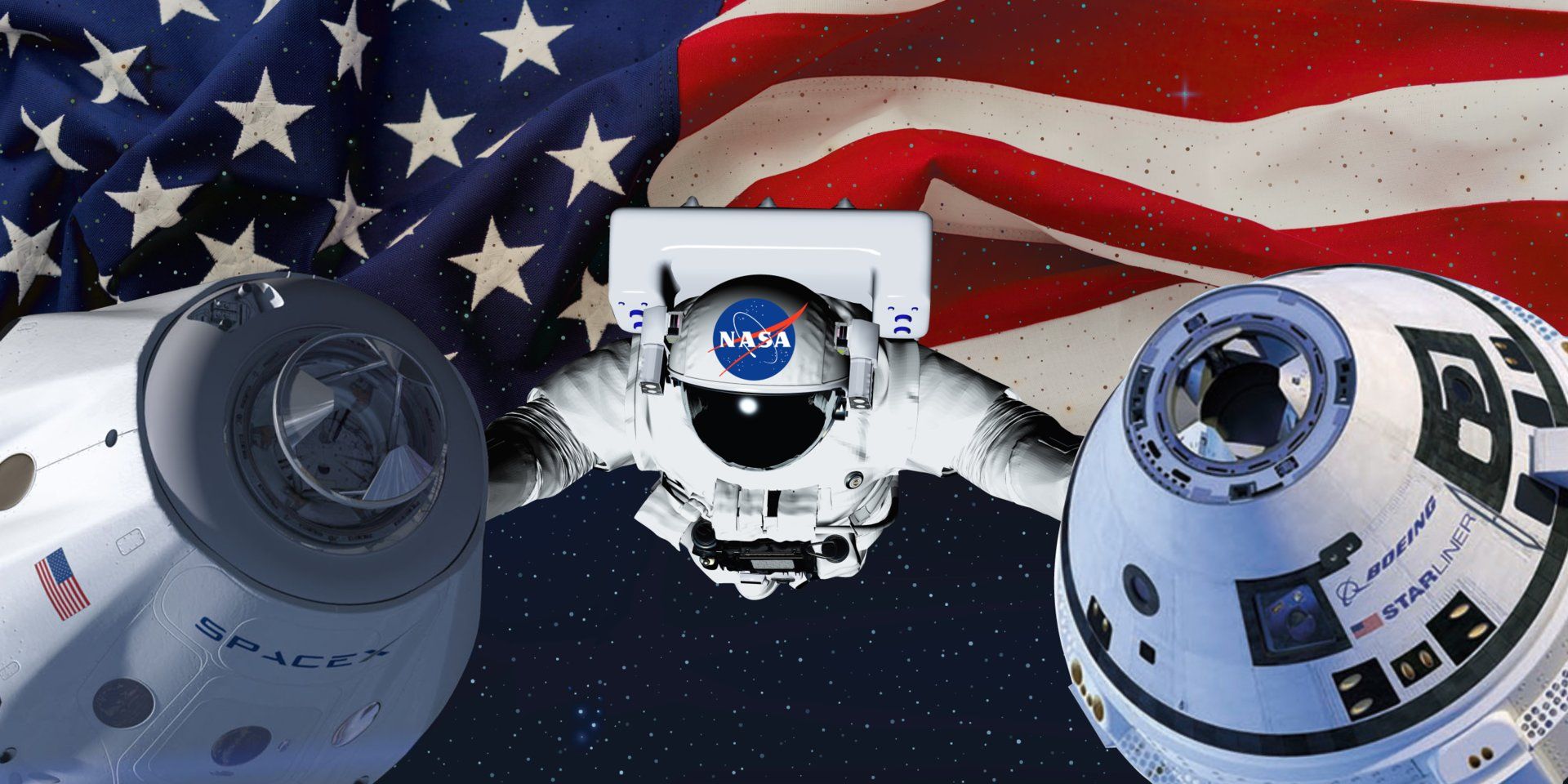What a dumb planet.
Not all who wander are lost, but that might be the case for a newly discovered rogue planet. Scientists have found evidence of a giant planetary mass outside our solar system that appears to be traveling without any sort of set orbit or parent star.
This bumbling fool of a planet was first discovered by astronomers using the National Science Foundation’s Karl G. Jansky Very Large Array (VLA). From the radio astronomy observatory, scientists were able to pick up its magnetic activity and study it, the findings of which were made public on Thursday. It’s the first time the observatory’s radio-telescope detection was able to pick up a planetary-mass object beyond our solar system.
While the discovery is a first for the observatory, the object, known as SIMP J01365663+0933473, was probably hard to miss given that it’s a “surprisingly strong magnetic powerhouse” roughly a dozen times larger than Jupiter. The planetary mass earned the “rogue” moniker for being untethered to any orbit or parent star or galactic authority. But just because it’s a celestial anarchist remaining outside a solar system of conformists doesn’t mean it can’t offer scientists important new insight on its magnetic properties.
